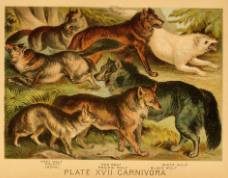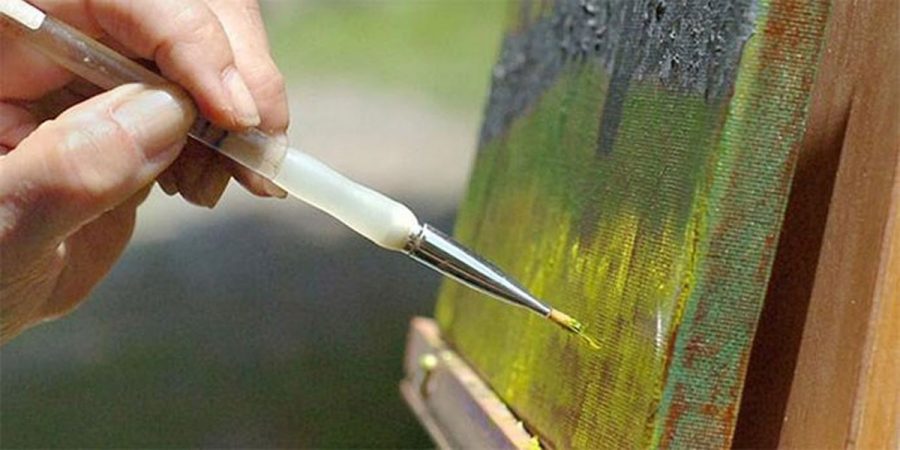Art Conservation
November 8, 2020
Art conservation has been around for hundreds of years. It’s not a simple thing to do, but it has a pretty simple explanation. Art conservation is taking an old painting and fixing it. It has many steps and requires a lot of focus to be done correctly. You also have to be committed to it, art conservators spend many many hours just looking at a painting before getting any work done.
Art conservation starts with cleaning the painting. This is just an overview of the painting, getting rid of any surface grime that could have accumulated and old varnish that has been previously put on the painting. This step requires a lot of attention to detail because you don’t want to damage the paint in any way, so it requires a lot of tests to be done with the cleaning solvents. Usually, they start with the lighter areas because it is easier to tell when it’s clean as opposed to a dark area.
Then comes removing the painting from the old stretcher or anything the painting was attached to. Having the painting off of the stretcher can allow the back to be cleaned and for damage to be further inspected. If there is any damage to the actual painting, it can be patched up and dealt with very easily. As opposed to if it was still on the stretcher and not in its original shape. After all the damage has been taken care of, the painting can be put back onto a new stretcher. Usually, a new piece of linen is glued to the perimeter of the painting to make stretching easier and less stressful for an old painting.
After the painting is back on a stretcher, the retouching can begin. Retouching is actually difficult because you have to match the exact color or else the whole painting could look off. Most conservators don’t want to do too much retouching. Leaving as much original paint as possible is the goal. Retouching is done in the little spaces that paint may have flaked off over time, or was damaged and patched up. If an area was patched up, more retouching would need to be done in order to blend in the colors enough to go unnoticed.
Lastly is the varnishing and finishing off the conservation. Adding a varnish to a painting has been around for centuries. It helps protect the painting from getting dirty, or the paint getting too damaged. The conservator had already taken off the old varnish so they would not have to worry about it being too thick. After all of the retouching is done and they are sure it looks as best as it can, the varnish is added. Most conservators use really modern varnishes that can easily be taken off if needed. Varnishing is truly one of the most important parts of conserving a painting because it really seals in the true beauty of the painting.










































































































































